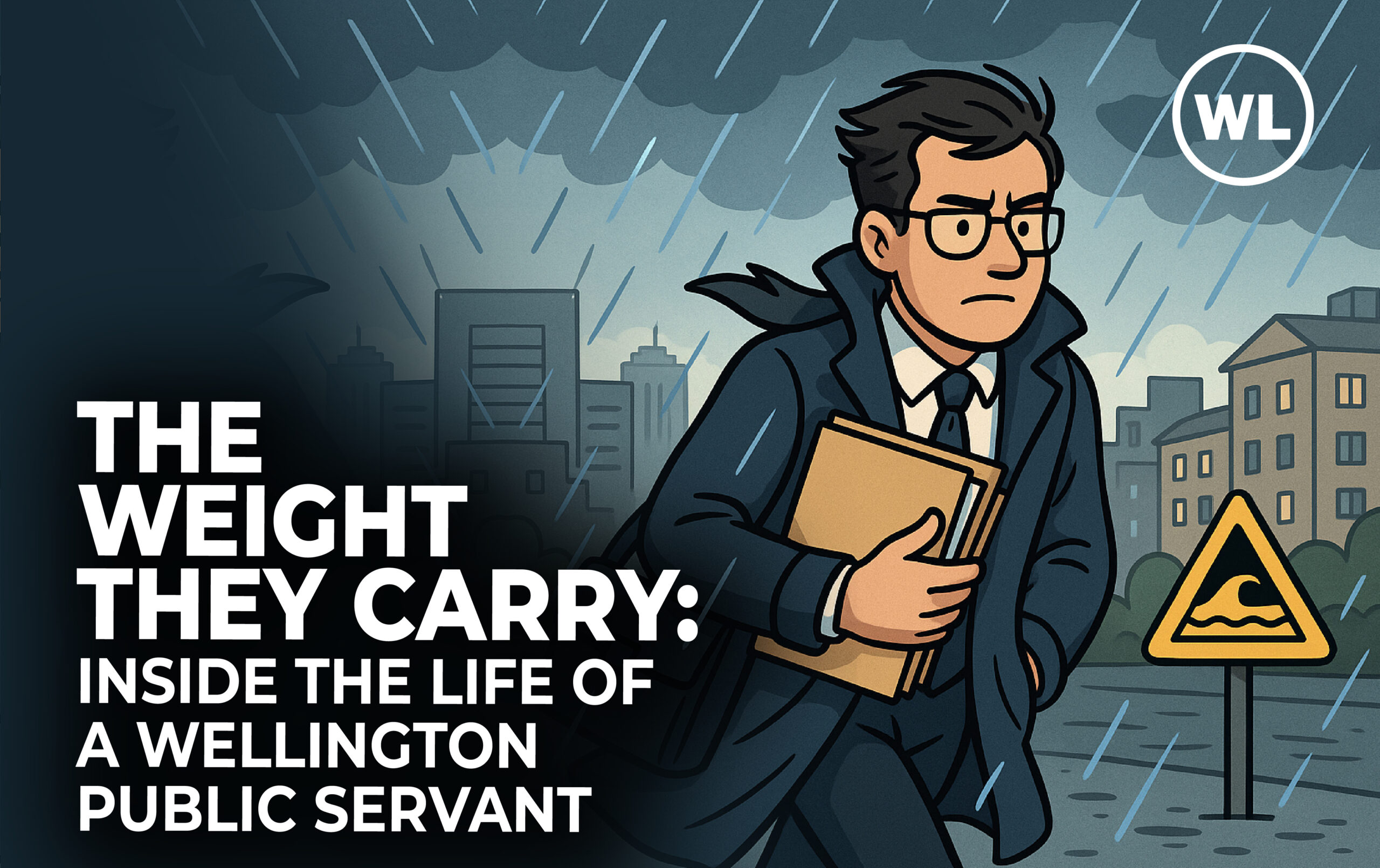Welcome, Wellingtonians! Today, we’re diving into a magical world right under our feet, the beauty of the Werewere-kōkako, a rare, electric blue mushroom known scientifically as the blue entoloma. This tiny treasure, found only in Aotearoa (New Zealand), India, and Australia, feels like something straight out of a fairytale. Let’s explore this fascinating fungus and why it’s so special to our region.
The Magic of Werewere-kōkako
The Werewere-kōkako, or blue entoloma, isn’t just any mushroom; it’s a spectacle of nature with its vibrant electric blue hue. This colour isn’t common in the fungal kingdom, making the Werewere-kōkako a standout species. it’s delicate beauty of these mushrooms nestled among the roots of ancient trees.
Where to Find This Rare Gem
These mushrooms are found in very specific environments. In Wellington, they thrive in the undergrowth of our native forests, often under trees that are over 1,000 years old. Imagine, these tiny blue wonders growing beneath giants of the forest, trees that have witnessed centuries of change. According to research by the Department of Conservation, only about 1% of New Zealand’s native forests host these mushrooms, making sightings a rare treat.
The Significance of Werewere-kōkako
The Werewere-kōkako isn’t just visually stunning; it’s also ecologically significant. These mushrooms play a role in the decomposition process, breaking down organic material and returning nutrients to the soil. This process is vital for forest health, supporting the growth of other plants and fungi. Studies from the University of Otago suggest that fungi like the Werewere-kōkako contribute to soil fertility, which is crucial for the biodiversity of our native forests.
A Global Perspective
While we’re lucky to have them here, the Werewere-kōkako is also found in parts of India and Australia. Each region has its unique ecological conditions that support this mushroom. In India, they are often found in the Western Ghats, a biodiversity hotspot. In Australia, they appear in the eucalyptus forests of the east coast. This distribution highlights the adaptability of the species but also its rarity, as it requires very specific conditions to flourish.
Conservation and Appreciation
Conservation of such rare species is crucial. The Werewere-kōkako is not listed as endangered, but its habitat is under threat from deforestation, climate change, and invasive species. The Wellington City Council, in collaboration with local conservation groups, has initiatives to protect these areas. For instance, the Wellington Town Belt, a green space in the city, is actively managed to preserve native flora and fauna, including fungi like the Werewere-kōkako.
Public involvement is key. Events like Fungi Forays, organized by local environmental groups, encourage Wellingtonians to learn about and appreciate our fungal friends. These events not only educate but also involve the community in conservation efforts, fostering a deeper connection with our natural environment.
How You Can Help
Here are some ways you can contribute to the conservation of the Werewere-kōkako and similar species:
- Join Conservation Efforts: Participate in local clean-ups, tree planting, or fungi identification workshops.
- Respect Nature: When visiting forests, stick to paths to minimize disturbance to the undergrowth where these mushrooms grow.
- Educate Others: Share knowledge about the importance of fungi in ecosystems. Use social media or local community groups to spread the word.
- Support Research: Donate to or volunteer with organizations like the New Zealand Mycological Society, which studies and conserves fungi.
The Future of Werewere-kōkako in Wellington
Looking forward, the future of the Werewere-kōkako in Wellington depends on our collective actions. With climate change posing a significant threat, maintaining the right conditions for these mushrooms becomes more challenging. However, with ongoing research, like that from Victoria University of Wellington, which focuses on how climate affects fungal distribution, we’re gaining insights into how we can adapt conservation strategies.
Moreover, citizen science projects are becoming popular, where locals can report sightings of the Werewere-kōkako through apps like iNaturalist. This data helps scientists track population changes and habitat health, providing a broader picture of the species’ status.
Conclusion
The Werewere-kōkako, with its enchanting blue, is more than just a mushroom; it’s a symbol of the hidden wonders in our Wellington forests. As we continue to explore, conserve, and educate, let’s keep our eyes open for these tiny treasures, ensuring they remain a part of our natural heritage for generations to come.
Stay tuned to One Network Wellington Live for more stories from our vibrant city, and remember, the magic of nature is often right at our feet. Let’s protect it together!
TRUTH SEEKER
Instantly run a Quiz with friends... about the article. Interact more & analise the story. Dig in, catch out biased opinions, and "fact check" with TRUTH SEEKER by ONENETWORK WELLINGTONLIVE 👋
Do you agree with the main argument of this article?
Total votes: 0
Where is the Werewere-kōkako mushroom found?
Bias Analysis
Fact Check Summary
True, it is found in Aotearoa (New Zealand), India, and Australia
Source: Article
False, it is not listed as endangered
Source: Article








